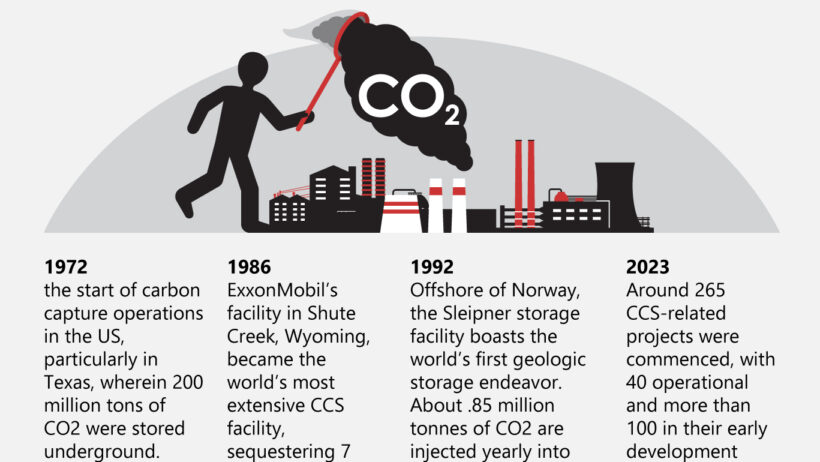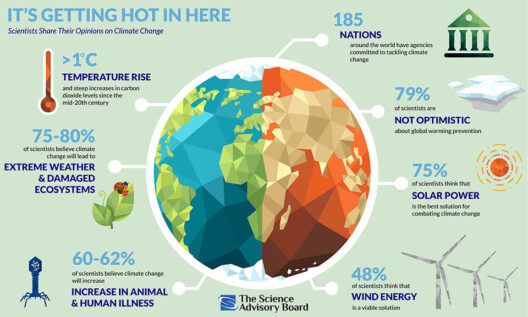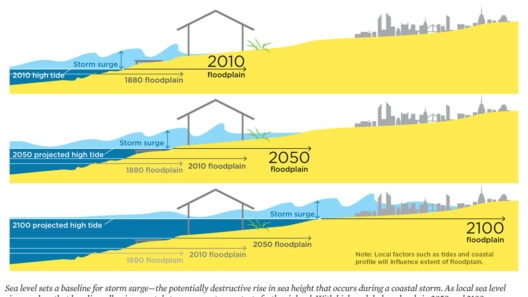Photosynthesis is undeniably one of nature’s most remarkable processes. Without the intervention of human carbon footprints, this intricate system has flourished for millennia, transforming sunlight into sustenance for life on Earth. However, as global temperatures rise and the climate crisis intensifies, the role of photosynthesis in mitigating these dire circumstances has come to the forefront. Skepticism is common, yet a deeper understanding of how this natural phenomenon operates can shift perceptions and illuminate its potential for combating global warming.
The fundamental mechanism of photosynthesis occurs primarily in the leaves of plants, where chlorophyll captures sunlight, initiating a series of biochemical reactions. These reactions convert carbon dioxide (CO2) from the atmosphere into glucose, a vital energy source for plants. In the process, oxygen is released, fostering a breathable environment. This symbiotic relationship between sunlight, carbon dioxide, and chlorophyll embodies an ancient yet efficient form of carbon capture. As humanity grapples with the repercussions of greenhouse gas emissions, it becomes evident that enhancing this natural process could yield significant benefits.
One crucial aspect of photosynthesis is its capacity to sequester carbon. As plants absorb CO2 during photosynthesis, they not only produce food but also serve as a carbon sink, effectively reducing the amount of this greenhouse gas in the atmosphere. A striking example is the Amazon rainforest, often referred to as the “lungs of the planet.” This vast ecosystem absorbs an estimated 2 billion tons of CO2 annually. If we were to bolster similar ecosystems across the globe, the implications for climate mitigation could be paramount.
However, relying exclusively on existing forests is insufficient. There is a formidable potential in agricultural systems to harness photosynthesis. Implementing regenerative agricultural practices could enhance the carbon capture capabilities of crops. Practices such as cover cropping, agroforestry, and reduced tillage not only improve soil health but also amplify the natural sequestration capacity of farmland. By optimizing photosynthesis on agricultural lands, we can create a formidable ally in the fight against climate change.
Moreover, the exploration of genetically modified organisms (GMOs) holds promise for enhancing photosynthetic efficiency. Scientists are investigating ways to engineer certain crops to increase their photosynthetic rates, thus augmenting their biomass production and carbon uptake. For example, increasing the efficiency of photosynthesis in staple crops like rice and maize could transform them into super-absorbers of CO2, thus contributing to a climate-resilient agricultural system. This potential warrants empathy and consideration, as public sentiment towards GMOs often swings between skepticism and acceptance.
Yet, there are limits to the role of photosynthesis as a standalone solution. The acceleration of deforestation, urbanization, and pollution diminishes the efficacy of photosynthesis as an effective carbon sink. The loss of vast swathes of forests not only depletes vital ecosystems but also releases stored carbon back into the atmosphere. Reinforcing the protection of existing forests must go hand in hand with increasing afforestation efforts. The establishment of urban green spaces—vertical gardens, rooftop plants, and parks—can mitigate carbon emissions while enhancing the aesthetic quality of urban environments.
In tandem with these practices, education plays a pivotal role in fostering a deeper understanding of the interconnectedness of life, climate, and photosynthesis. A society that prioritizes knowledge in environmental stewardship can amplify its efforts towards sustainability. Schools and communities can teach the significance of trees, plants, and agriculture in combating climate change. By piquing curiosity and cultivating an appreciation for nature, individuals can be encouraged to participate actively in climate mitigation efforts.
Moreover, technological innovation complements the natural power of photosynthesis. Utilizing artificial intelligence and data analytics can optimize agricultural practices, enabling farmers to make informed decisions regarding crop management and soil health. In a world increasingly reliant on technology, the synthesis of traditional practices with modern advancements can create synergies that enhance the photosynthetic process. The integration of solar energy systems that support plant growth by utilizing artificial photosynthesis, though still in its nascent stages, presents an exciting frontier in harnessing natural mechanisms for energy production.
Lastly, the urgency of addressing global warming demands collective action. Every individual can contribute to the enhancement of photosynthesis through simple lifestyle changes. Planting trees, participating in community gardening, and advocating for sustainable policies are actions that resonate widely and can significantly impact carbon sequestration. When individuals recognize their capacity to influence environmental stewardship, the shift towards an eco-conscious society can accelerate.
In conclusion, photosynthesis embodies a natural process that holds immense potential in the fight against climate change. By combining ecosystem restoration, advancements in agricultural practices, education, and technological innovation, humanity can adapt to and mitigate the adverse effects of global warming. Cherishing and enhancing this fundamental process offers a pathway towards a more sustainable future. It is critical to shift perspectives on photosynthesis from mere biology to a vital tool in combatting climate change. Embracing curiosity about nature and its solutions not only fosters resilience but also cultivates a commitment to nurturing the planet for generations to come.








